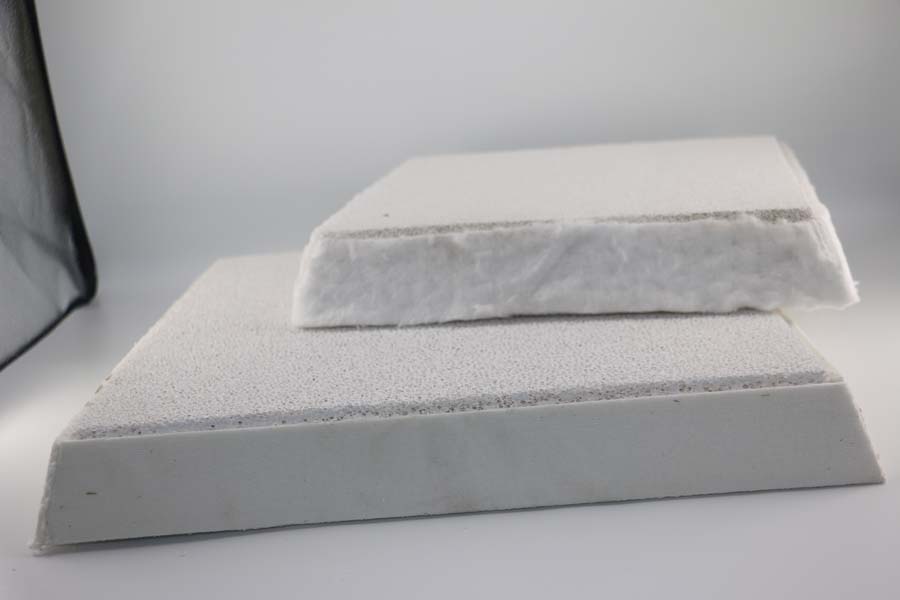
22 6月 Ukraine China Foundry Filter
Ukraine China Foundry Filter In order to meet the continuously improving quality of aluminum castings, the use of ceramic foam filters CFF has become more and more important. Ceramic Filter Foundry is also widely used in ordinary sand casting such as tide casting and permanent mold casting such as automobile aluminum parts casting.

The existence of non-metallic inclusions is not conducive to the production of high-quality castings.
The achievable mechanical properties are a key aspect and it is easy to lose the presence of inclusions and scale.
The mechanical properties of high-strength aluminum alloys are very sensitive to nicks or defects in the casting.
Filtration effectively reduces the level of inclusions and the subsequent notch effect caused by inclusions.
Traditional techniques for removing inclusions are ineffective, and the use of metal or fiber barriers is not enough to keep metals away from harmful non-metals.
When using ceramic foam filters, install Ukraine China Foundry Filter in the filters casthouse.
Pour the molten aluminum into the filter box through a ceramic foam filter. The filter traps the fine particles in the molten metal.
After the casting operation is completed, the aluminum slag remaining in the ceramic filter forms an almost solid piece of aluminum.
Causes and Solutions of Defects in Aluminum Foil Rolling
1. The filtering, degassing and slag removal of the aluminum melt before casting are not thorough, and the slag inclusions such as alumina and slag are brought into the aluminum melt and finally into the casting billet.
2. When replacing the high-quality ceramic filter, slag inclusions such as alumina and slag are brought into the aluminum melt.
3. The purity of the aluminum melt is too poor, and there are too many non-metallic foreign objects to complete degassing and slag removal.
Ukraine is located in eastern Europe, on the northern shore of the Black Sea and the Sea of Azov. It borders Belarus to the north, Russia to the northeast, Poland, Slovakia, and Hungary to the west, and Romania and Moldova to the south.
The land area is 603,700 square kilometers, 1,300 kilometers long from east to west, and 900 kilometers long from north to south.
Ukraine has proven that there are more than 80 kinds of rich minerals available for mining, mainly including coal, iron, manganese, nickel, titanium, mercury, graphite, refractory clay, stone, etc. These minerals are distributed in more than 7,000 regions of the country, of which more than 4,000 Regions have been developed.
Ukraine’s proven iron ore reserves are 27.5 billion tons.
The reserves of manganese ore exceed 2.1 billion tons, ranking among the top in the world.
The reserves of coal, dye ore, terracotta wax and graphite are also abundant.
Ukraine’s oil and natural gas resources are relatively scarce, 80% of which are stored in the Dnepropetrovsk Oblast and the Black Sea coast, and 90% of the oil needed by Ukraine depends on imports.
Donbass is the largest coal mine in Ukraine with proven reserves of 109 billion tons.


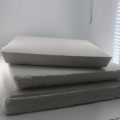
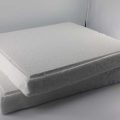

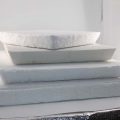

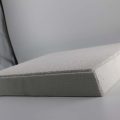
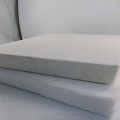
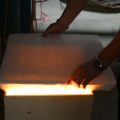
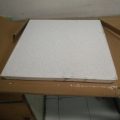
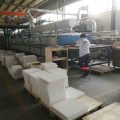

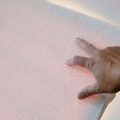

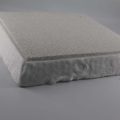
No Comments